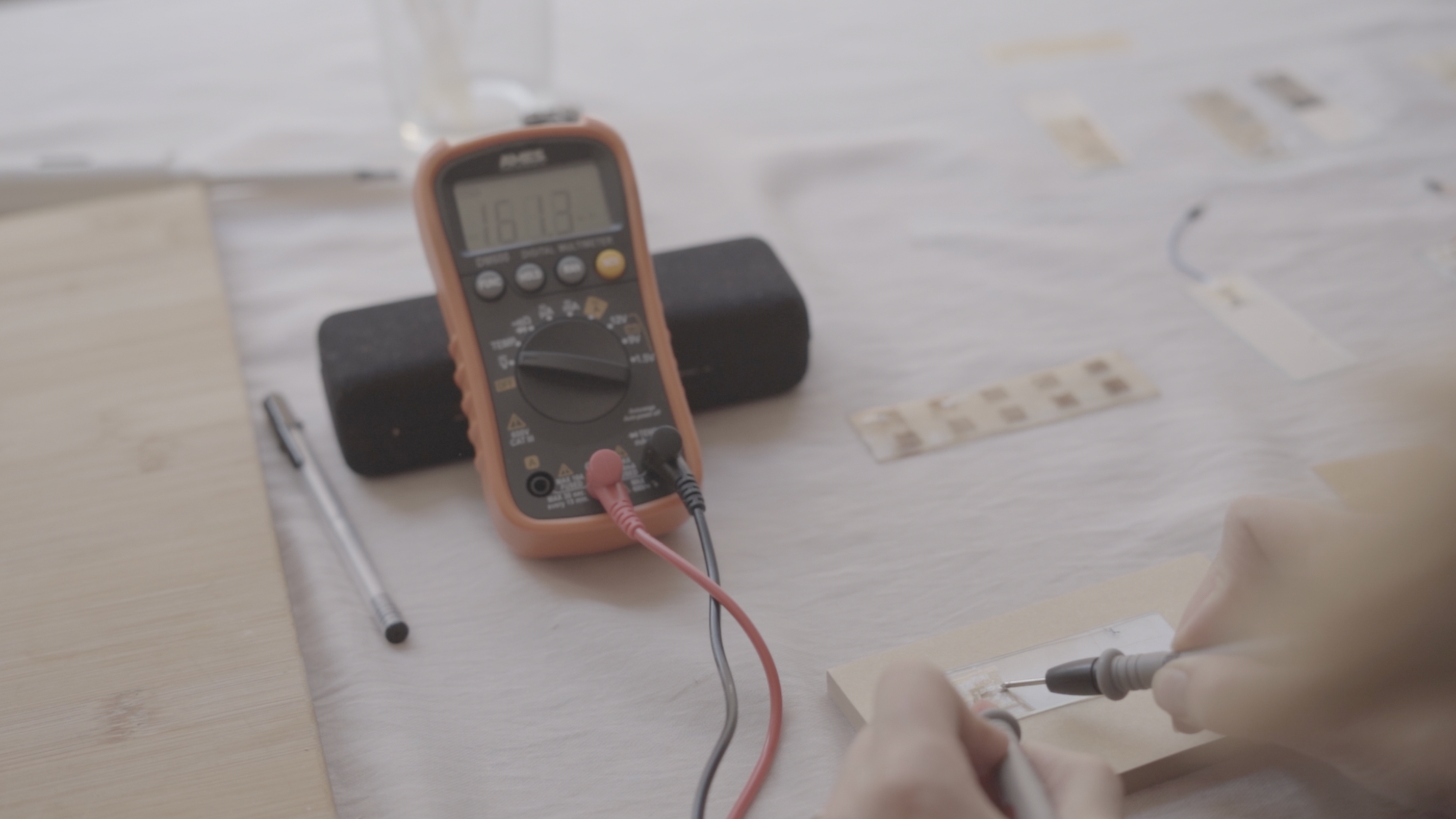Please wait...
About This Project
Proteins offer the promise of regenerative forms of power for devices. Current power sources fail to disassemble, recycle or degrade. We build on research using protein nanowires harvested from Geobacter sulfurreducens to make energy harvesting cells. We are scaling the lab processes to grow these proteins + experiment with new biodevices. Our aim is also to make these protein accessible so we and the biocurious can engage with cutting-edge bioelectronics.

Browse Other Projects on Experiment
Related Projects
A Microbial Art Palette Rooted In Place to Support Community Science
BioArtBot is an open-source initiative that enables users to create playful pixel designs using colored...
Exploring self-powering biomaterials using embedded proteins
Proteins offer the promise of regenerative forms of power for devices. Current power sources fail to disassemble...
The Living Canoe
Polynesian voyaging stands as a testament to the engineering and navigation skills of Pacific Islanders...



